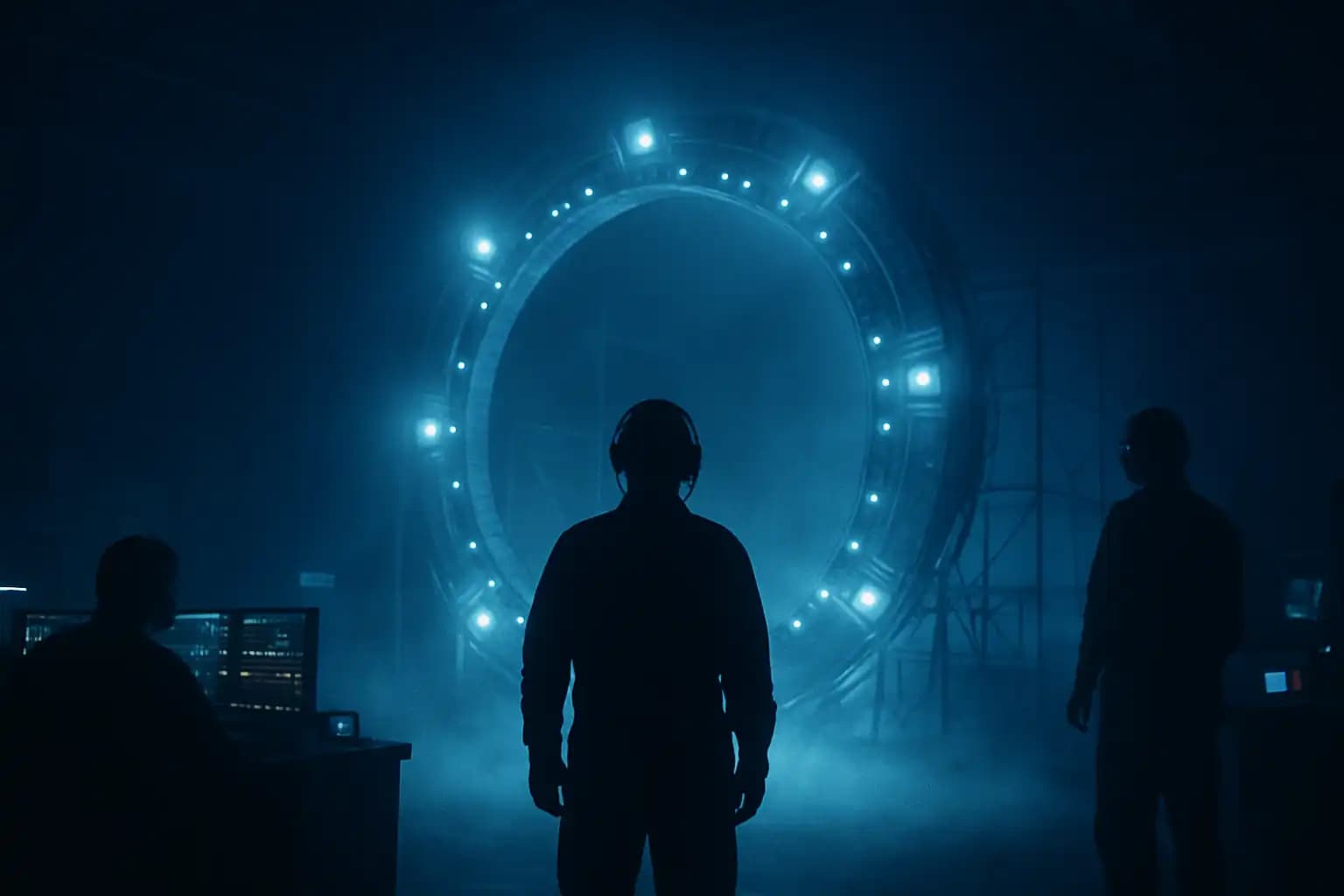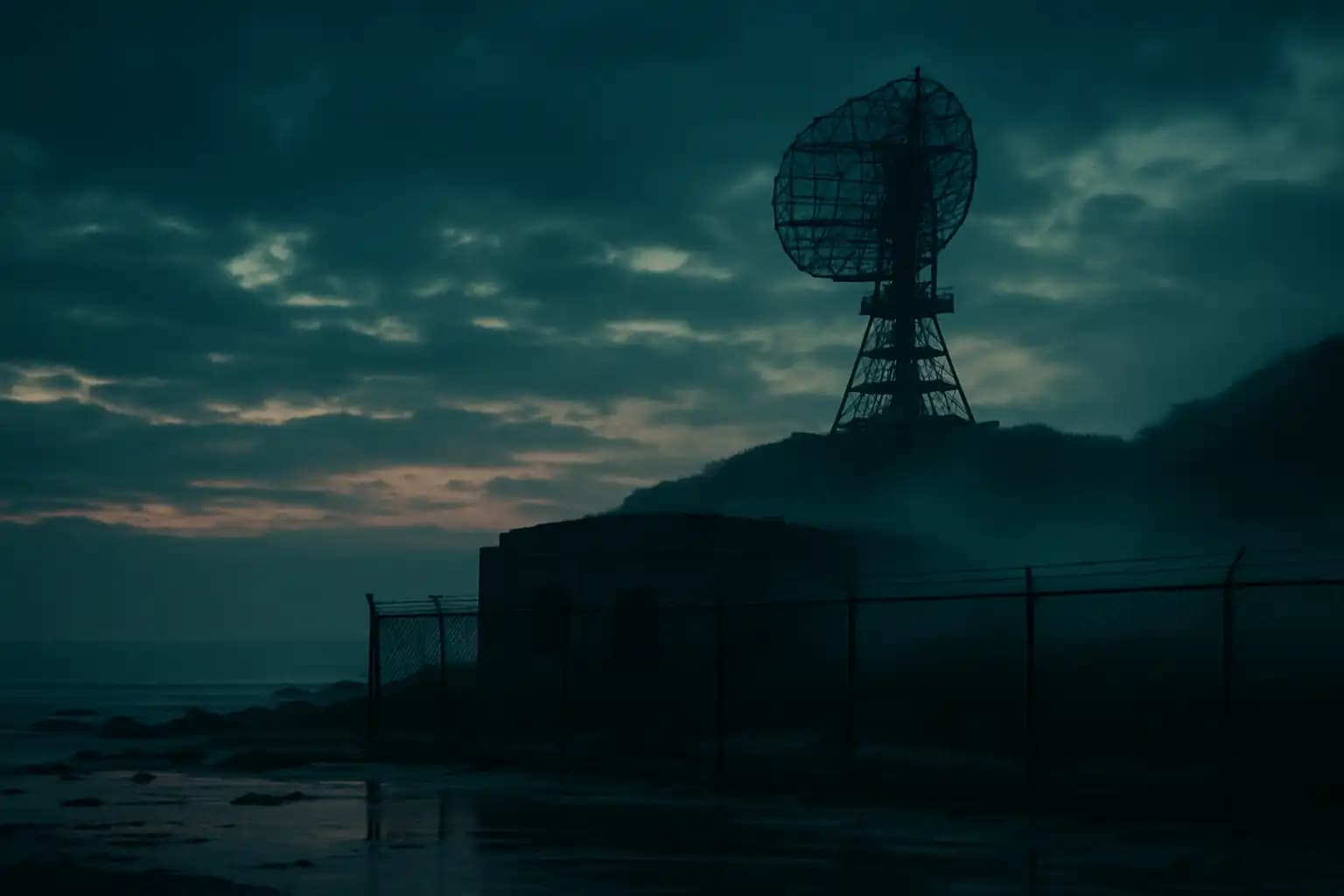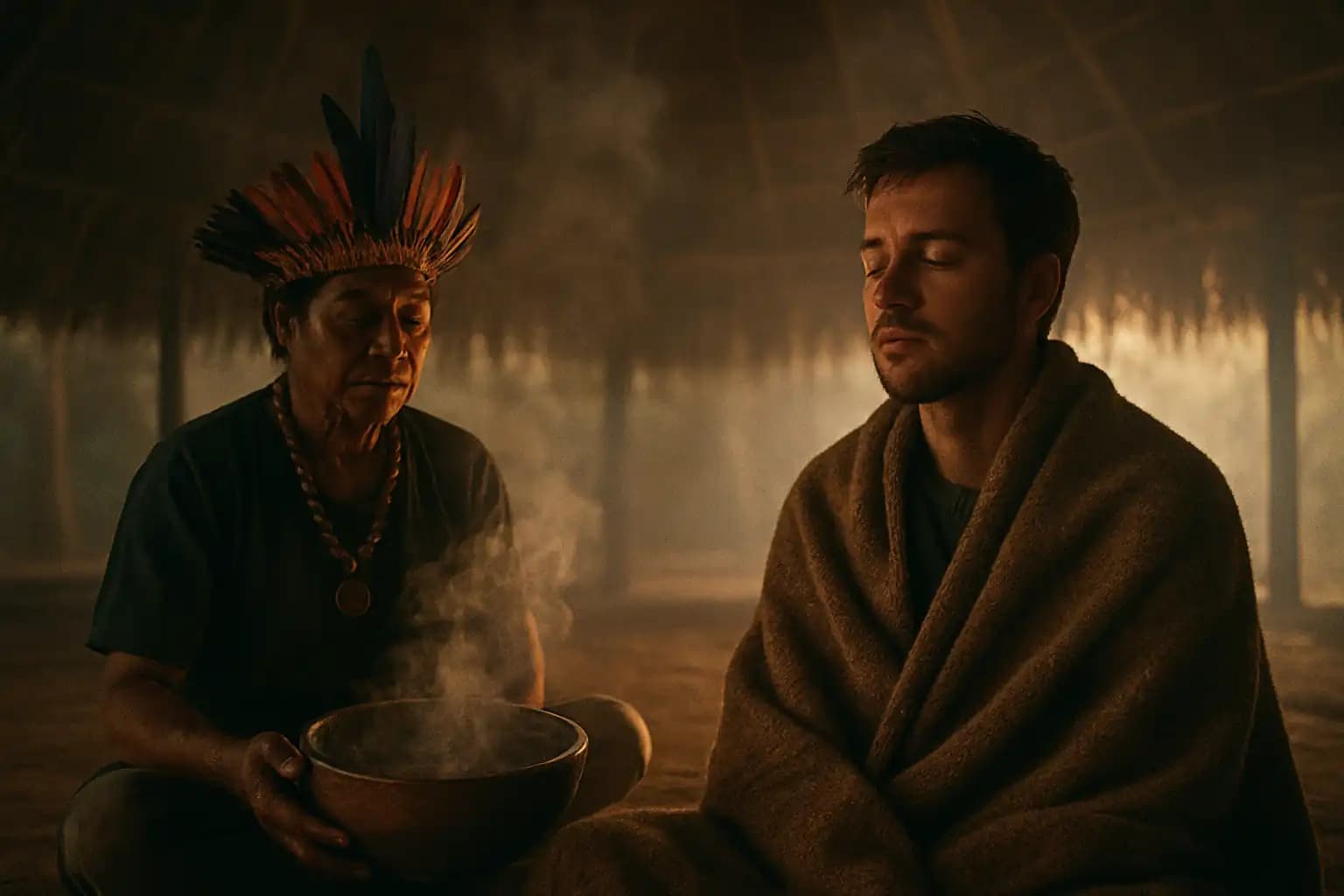On Nov. 19, 2025, Amazon MGM Studios confirmed fans’ long-held hopes: Stargate, the franchise that began with Roland Emmerich’s 1994 film, will return as a new original series on Prime Video. Martin Gero—who has worked as a writer and producer on Stargate SG‑1, Stargate: Atlantis, and Stargate Universe—will be the series’ creator and showrunner. Amazon positioned the order as a “bold new chapter” rather than a straightforward reboot (AboutAmazon press release, Nov. 19, 2025).
This announcement arrives during a time of franchise reclamation following Amazon’s 2022 acquisition of MGM Studios. Industry sources indicate that Amazon possesses the IP, greenlit the show on Nov. 19, and production will move forward under Amazon MGM Studios with a creative team that combines both legacy figures and new executive producers (Variety, Nov. 19, 2025).
Prime Video Stargate announcement Nov 19 2025: who’s producing and what the press release revealed
Amazon’s official communication names Martin Gero as writer and showrunner, with executive producers Joby Harold and Tory Tunnell from Safehouse Pictures. Veteran franchise filmmakers Dean Devlin and Roland Emmerich are also onboard. Additionally, longtime contributors Brad Wright and Joe Mallozzi will serve as consulting producers. Amazon describes the series as an original entry that pays tribute to its legacy while pursuing an “ambitious and emotionally resonant” approach to the narrative. These insights derive directly from the corporate release and summarize the primary deal points (AboutAmazon, Nov. 19, 2025).
Industry reaction and trade reporting on Martin Gero’s role and creative mandate
Trade outlets have contextualized the announcement with detailed reporting on Gero’s background and Amazon’s strategic goals. Both Variety and Deadline reported that Gero spent five years on various Stargate television iterations. Amazon envisions him as the steward of continuity while refreshing the universe for a global Prime Video audience. Variety’s Nov. 19 coverage highlights production leadership and emphasizes that plot specifics and casting remain undisclosed at the time of the greenlight (Variety, Nov. 19, 2025).
Independent technology and culture outlets framed the news as both nostalgically appealing and commercially sensible: by commissioning an original Stargate series, Prime Video capitalizes on a franchise with a built-in international audience and a rich mythology producers can adapt without dismantling essential concepts (Engadget report, Nov. 19, 2025).
Franchise lineage and canonical context: Stargate film to SG‑1 to Atlantis and Universe
Understanding the new series necessitates a brief overview of franchise history. Stargate originated as a 1994 film by Roland Emmerich and Dean Devlin that introduced an artificial ring device for near-instantaneous wormhole travel. This film spawned the long-running SG‑1 television series (1997–2007), followed by the Atlantis spinoff (2004–2009) and Stargate Universe (2009–2011). The original film and subsequent TV mythology serve as the foundation Prime Video now plans to reimagine. For a concise overview of the IP’s progression, consult the canonical entry detailing the film’s heritage and the television expansions (the Stargate film and franchise history).
Creative and commercial risks: reboot expectations, legacy fan politics, and streaming economics
Reviving a legacy franchise requires distinct calibrations. Creatively, showrunners must reconcile fan expectations for continuity with the necessity to update narratives for modern geopolitical and technological realities. Commercially, Prime Video seeks a global, repeatable audience to justify the considerable upfront costs related to high-concept sci-fi production. Trade reporting indicates Amazon is positioning the show as both a tribute to fans and a vehicle for franchise expansion, employing veterans as consultants while introducing new executive producers to craft a fresh tonal and visual language (Variety).
What the first publicity cycle reveals about tone, mythology, and production strategy
The announcement video and corporate communication emphasize the mythological scope—making references to Egyptian, Norse, and other ancient cosmologies—and promise a technology-based explanation for the gates. Industry observers interpret this language as intentional: connections to mythology suggest serialized world-building that can sustain several seasons, spinoffs, and merchandise, while a technology-focused approach aids Prime Video in promoting the show in markets that favor hard sci-fi aesthetics. The early focus on a “new original series” instead of a straightforward reboot allows for potential canonical reconciliation and dramatic reinvention.
This balance is crucial: franchises that shift too aggressively risk alienating core viewers; those that rely solely on nostalgia may stagnate. The producers’ combination of legacy consultants and new showrunners indicates Amazon’s intent to navigate this delicate dynamic.
Why it matters: cultural resonance, IP strategy, and the streaming content arms race
Prime Video’s order reflects broader industry trends: streamers are increasingly utilizing recognizable intellectual property to ease discovery challenges and boost subscriber engagement. A revived Stargate offers Amazon a globally recognized narrative universe with established cross-platform appeal—spanning TV, books, games, and convention ecosystems—while enriching Prime’s international catalog. This strategic rationale mirrors other franchise revivals, where studios pair veteran creatives with streaming resources to compete for viewer attention in a saturated marketplace.
For readers analyzing franchise cycles against expansive cultural anxieties and mythmaking, consider contextual reporting on how technological and cultural narratives evolve into persistent public beliefs and rumors in various contexts (an investigative summary and an archival case).
How journalists and critics should cover the rollout: transparency, sourcing, and franchise scrutiny
Coverage should focus on three key areas: (1) contractual and production specifics (studio credits, EP names, rights ownership), (2) creative signals (studio comments regarding tone, mythology, and showrunner aims), and (3) on-the-ground updates (casting news, pilot production progress, director selections). Journalists should reference primary sources—studio press releases and trade reports—while avoiding rumor cycles that treat leaks and fan speculation as facts. Accounts of how site-specific myths interact with production secrecy are illustrated in historical analyses of Camp Hero and similar culturally significant sites (an archival breakdown of site mythmaking).
Takeaway: what fans should expect next and how to read future announcements
Expect a gradual release of information: casting notices, director appointments, visual concept art, and anticipated release dates. Amazon will likely leverage fan events and social media for ongoing engagement, and the involvement of franchise veterans as consultants indicates a production that respects legacy continuity. For readers monitoring narrative development and cultural response across varied domains—whether space phenomena, medical debates, or tech ethics—see related analyses that explore how stories spread and become entrenched in public lore (a field report analysis, an archival breakdown, and an ethics dossier).
For immediate confirmation of the primary sources utilized in this piece, review Amazon’s official announcement and trade reporting from Variety and Engadget, which collectively clarify the who, when, and why behind Prime Video’s Nov. 19 news (AboutAmazon; Variety; Engadget).
For curated archival collections and ongoing coverage of how cultural and technological narratives intersect, visit Unexplained.co.




